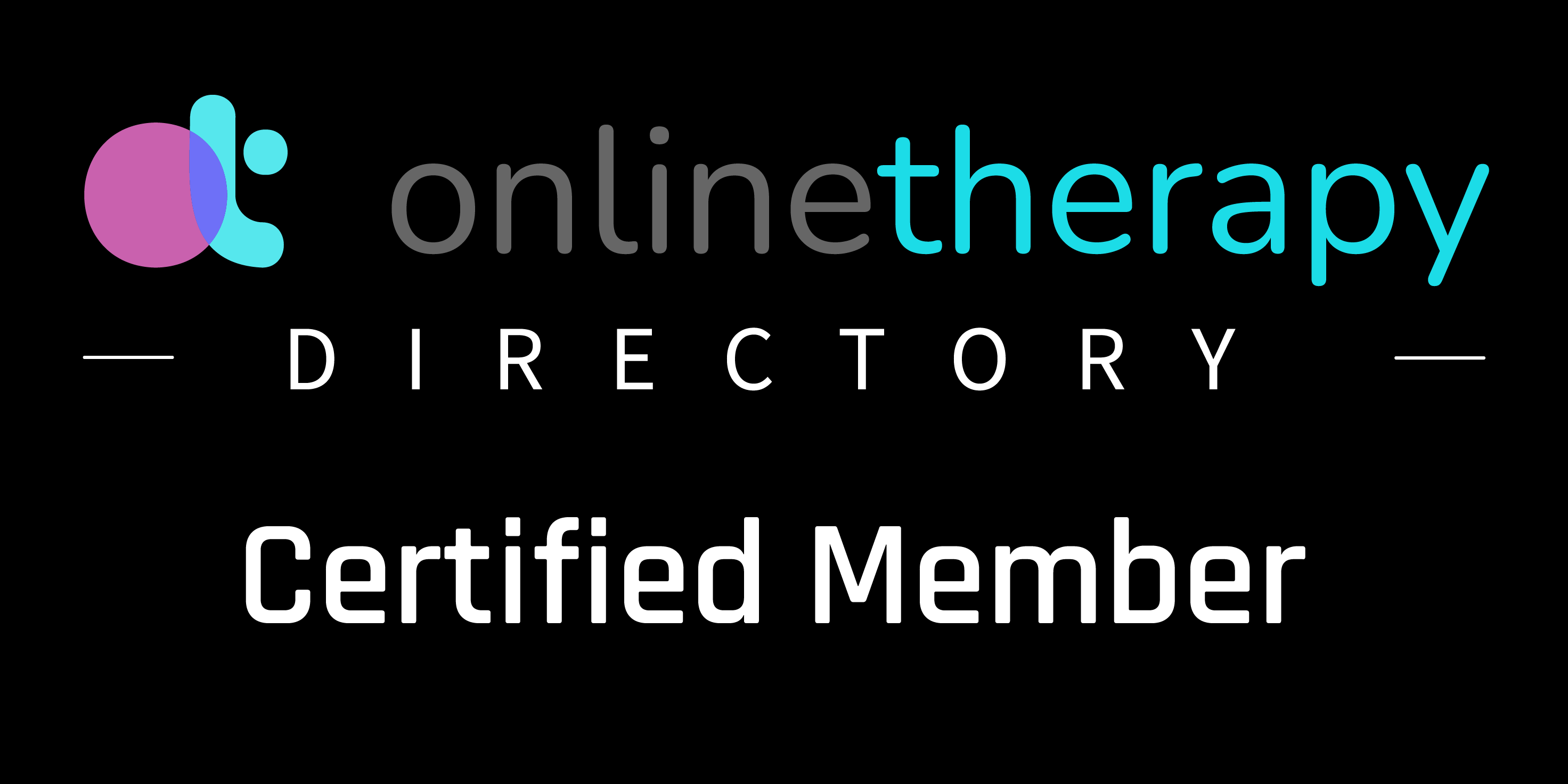🧍♀️ Posture and Mood Are Connected
How Your Body Carries Your Feelings
Your posture can both reflect and shape your emotional state. Slouched shoulders may signal low mood or defeat, while standing tall can actually boost confidence and energy levels.
Changing Your Body to Shift Your Mind
Therapy sometimes includes somatic techniques that use posture and movement to shift your internal experience. Small adjustments in how you carry yourself can reinforce feelings of strength and emotional balance.

